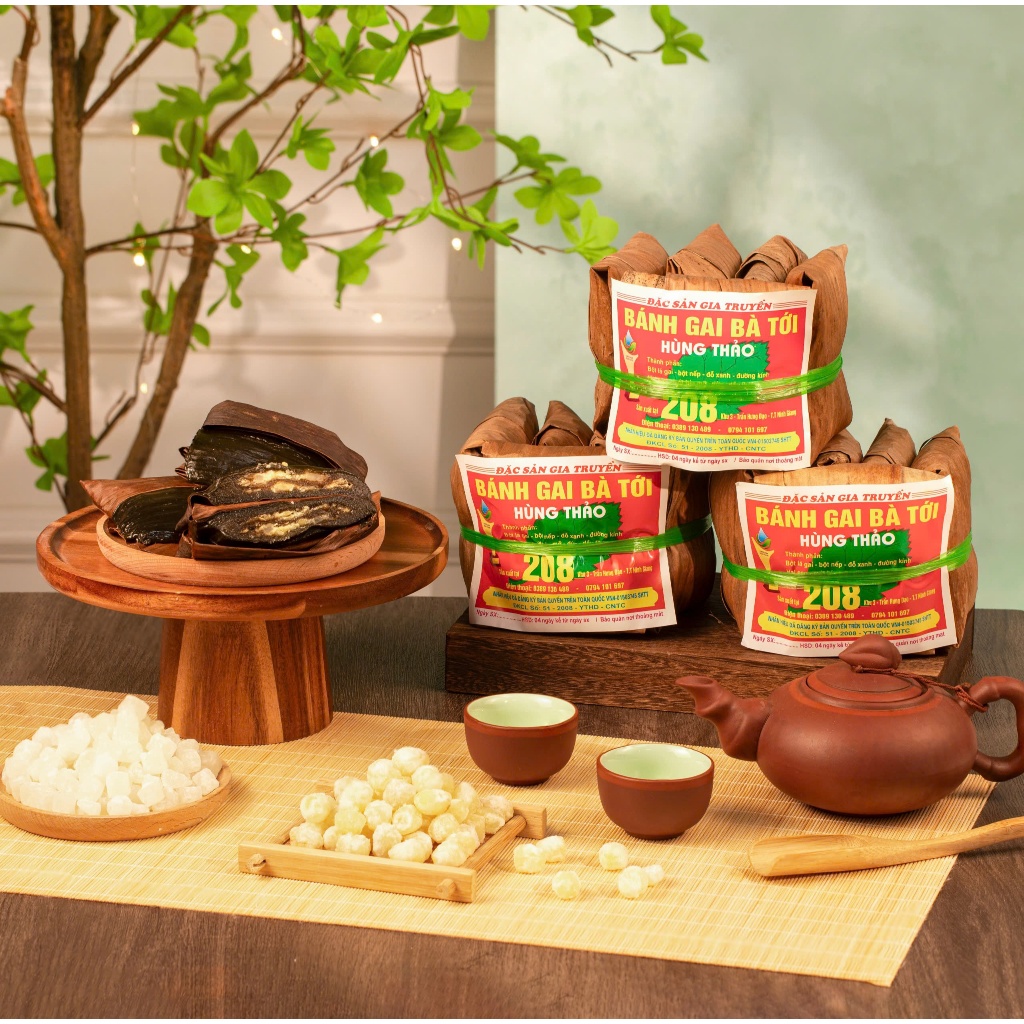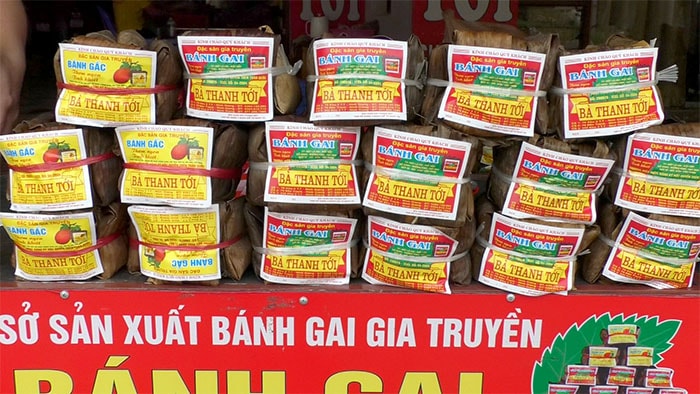Bánh Gai (Vietnamese Ramie Leaf Cake)
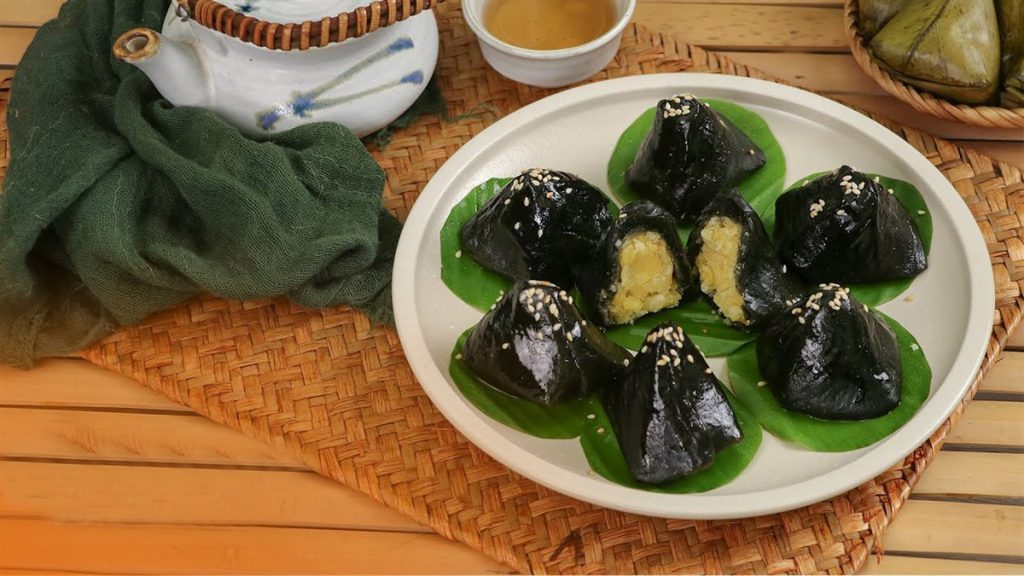
Ingredients
-
Glutinous rice (1 kg)
-
Dried gai leaves (200 g)
-
Hulled mung beans (300 g)
-
Grated coconut (100 g)
-
White sesame seeds (1 small cup)
-
Banana leaves (for wrapping – about 20 pieces)
-
Ash water (made from wood ash – 3 kg ash to extract lye water)
-
Sugar (700 g)
How to Choose Good Quality Mung Beans
- To ensure delicious and safe mung beans, look for ones that are bright green with a natural sheen, oval-shaped with rounded ends, and a small white dot at the center. They should smell slightly grassy and fresh.
- Avoid beans that are dull, misshapen, have signs of pest damage, or emit a musty or chemical odor, as these are likely spoiled or of low quality.
How to Select Good Sticky Rice (Glutinous Rice)
- Opt for sticky rice that hasn’t been over-polished—these grains retain more fiber, minerals, and vitamins.
- High-quality glutinous rice should have round, uniform, slightly shiny grains with no broken bits or discoloration. When chewed, they should taste mildly sweet and fragrant.
- Avoid rice that is overly white, has an unusual smell, or appears moldy, as it may have been chemically treated or improperly stored.
Nutritional Information
For: Vegetarian
Calories per serving: ~230 kcal
Key Nutrients:
1. Complex Carbohydrates
Source: Glutinous rice, mung beans
Benefits: Provides long-lasting energy
2. Plant-based Protein
Source: Mung beans, sesame seeds
Benefits: Supports muscle health and metabolism
3. Dietary Fiber
Source: Coconut, mung beans
Benefits: Improves digestion and helps regulate blood sugar
4. Calcium
Source: Sesame seeds
Benefits: Strengthens bones and teeth
5. Antioxidants
Source: Gai leaves
Benefits: May reduce oxidative stress and support healthy aging
1. Prepare the Ingredients
Wash glutinous rice thoroughly and soak it for about 8 hours or overnight. Drain and grind into fine dry flour.
To extract lye water, place kitchen ash in a cloth-lined colander, pour in 5 liters of water, and collect the filtered lye water underneath.
Boil dried gai leaves (ramie leaves) in the lye water until soft. Rinse well and squeeze dry, then pan-roast the leaves until completely dry.
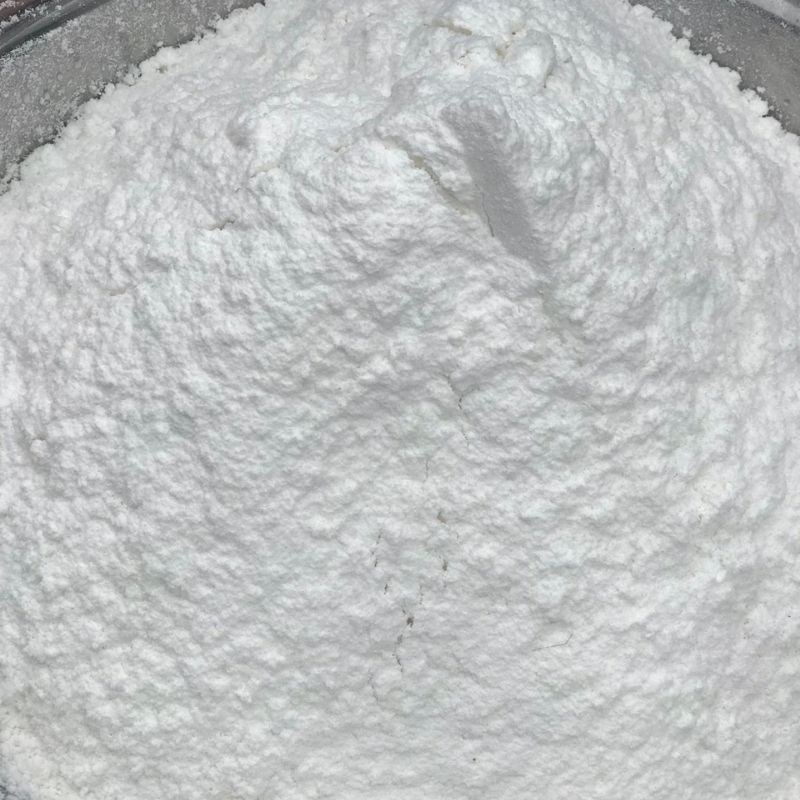
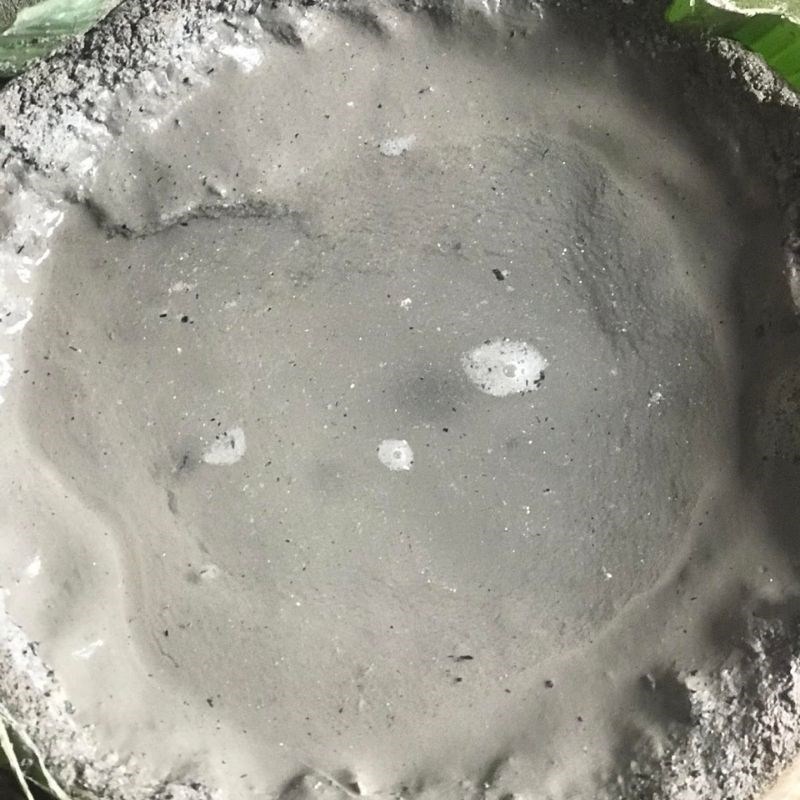
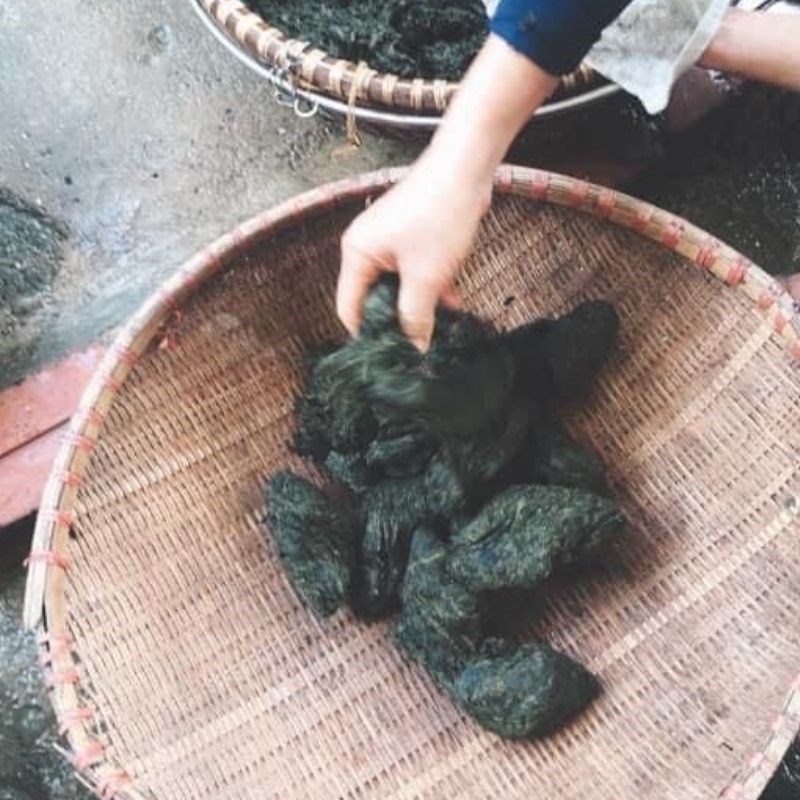
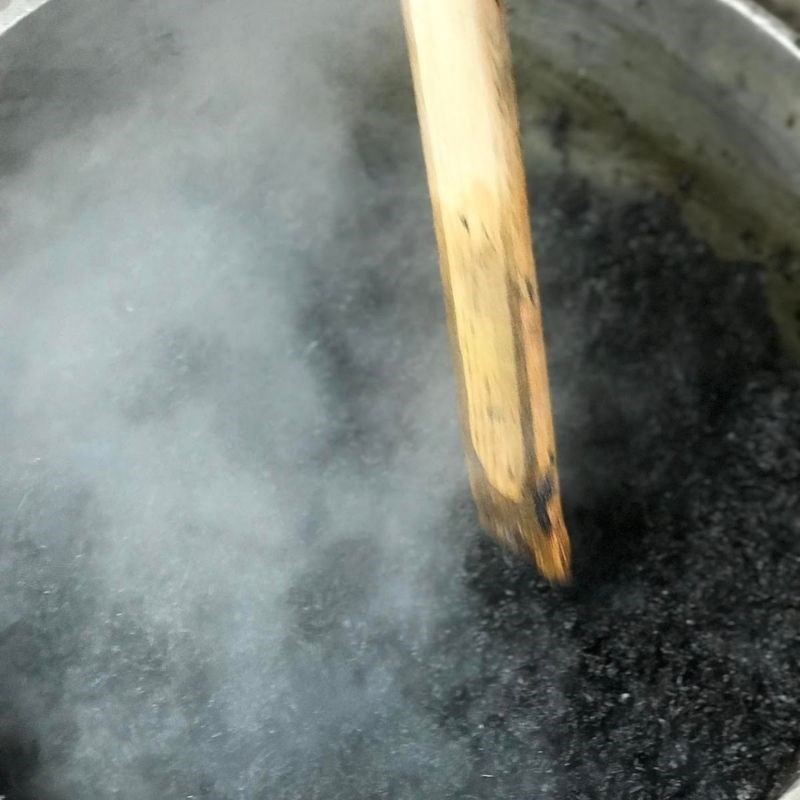
2. Make the Dough
In a mixer, combine the roasted ramie leaves, sugar, and 1kg of ground glutinous rice flour. Blend until it forms a smooth, brownish dough that doesn’t stick to your hands.
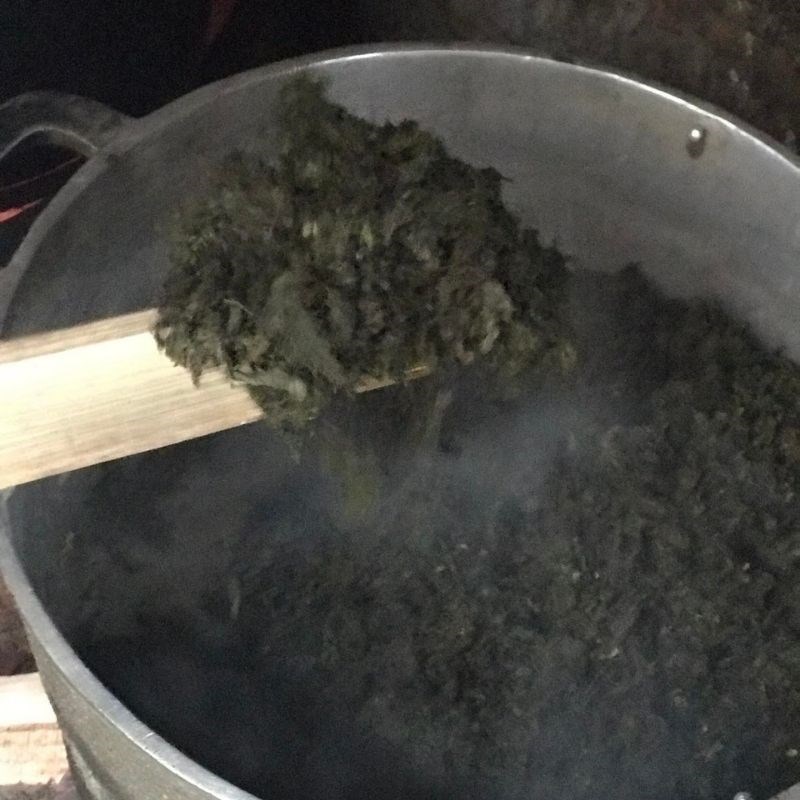
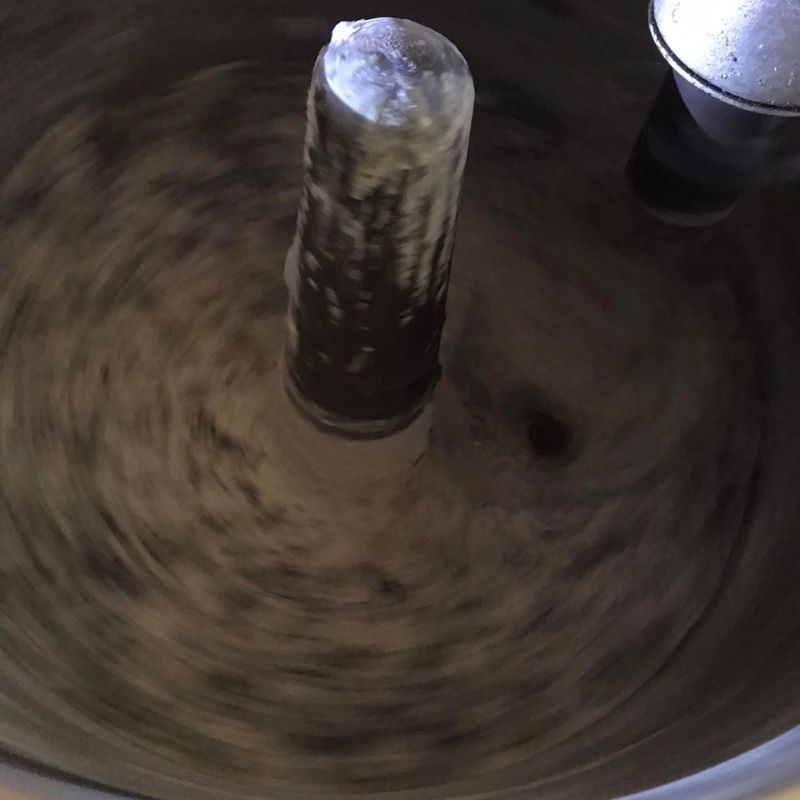
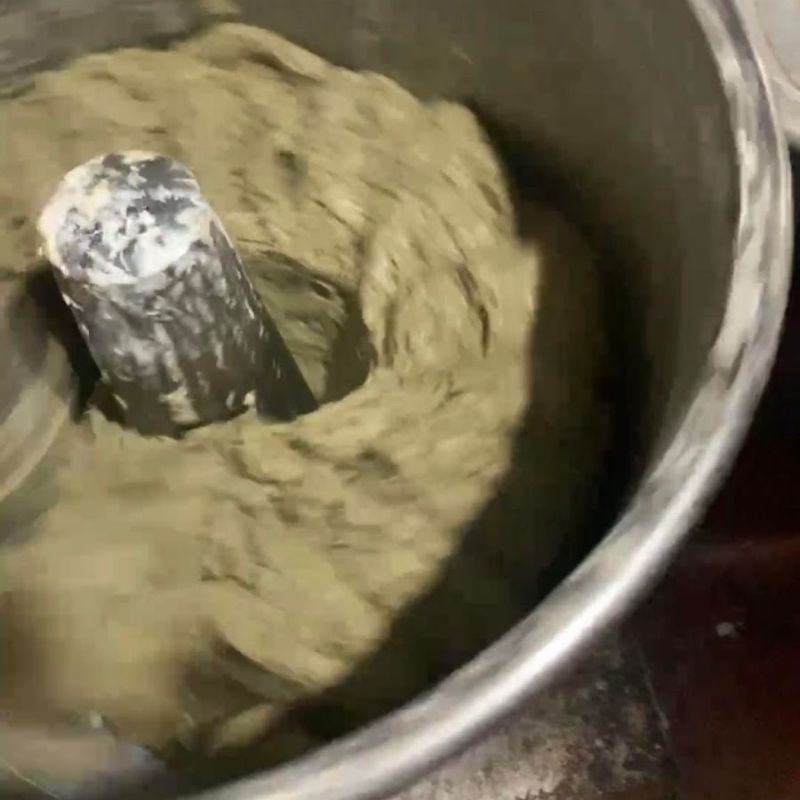
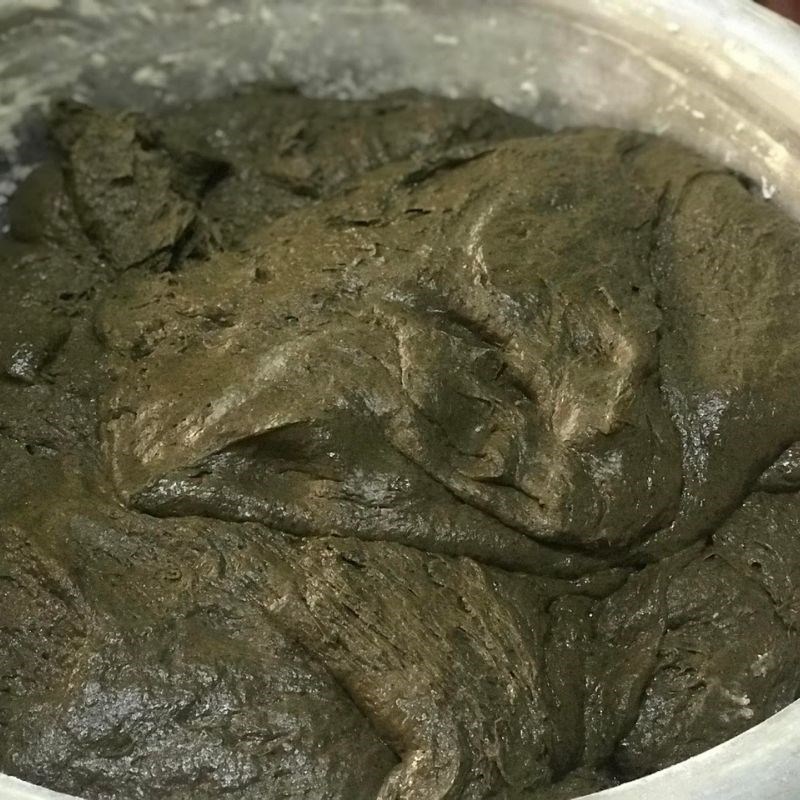
3. Prepare the Filling
Soak mung beans for 2–4 hours, then steam until soft. Mash and cook them with sugar in a pan to make a sweet filling. Let cool, then mix in shredded fresh coconut.
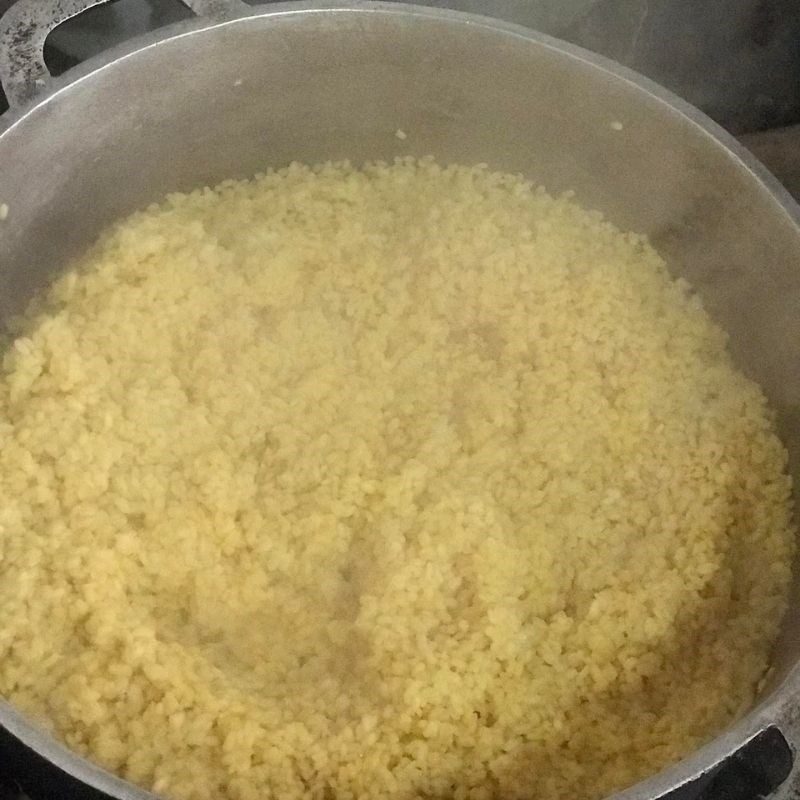
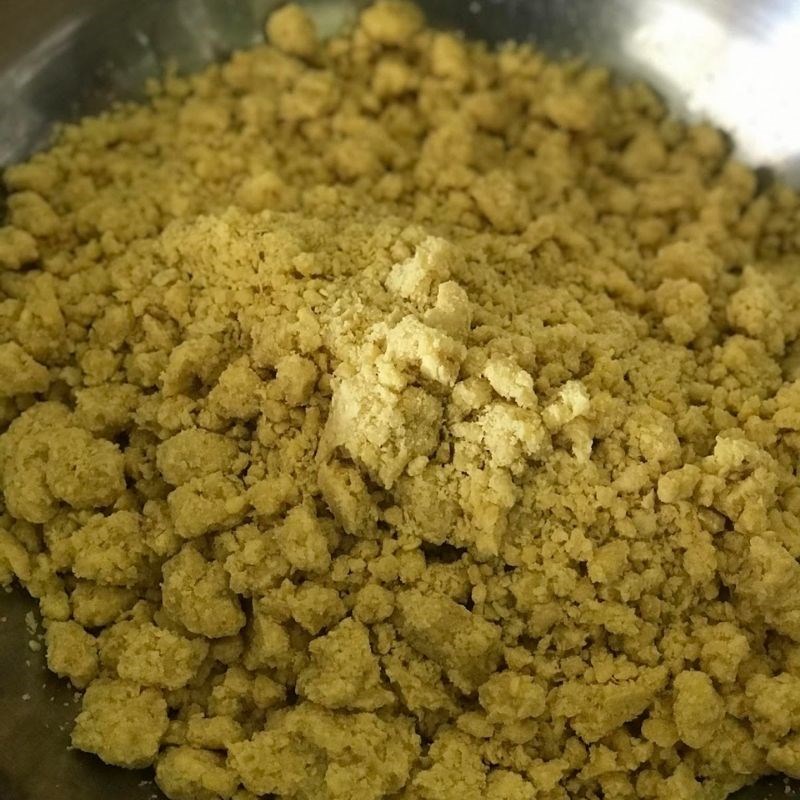
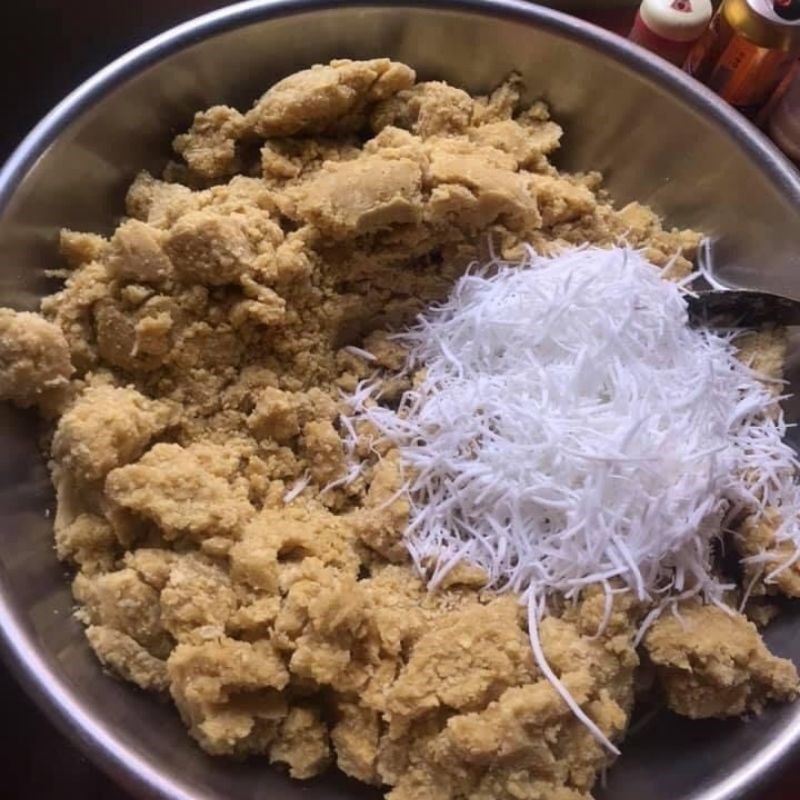
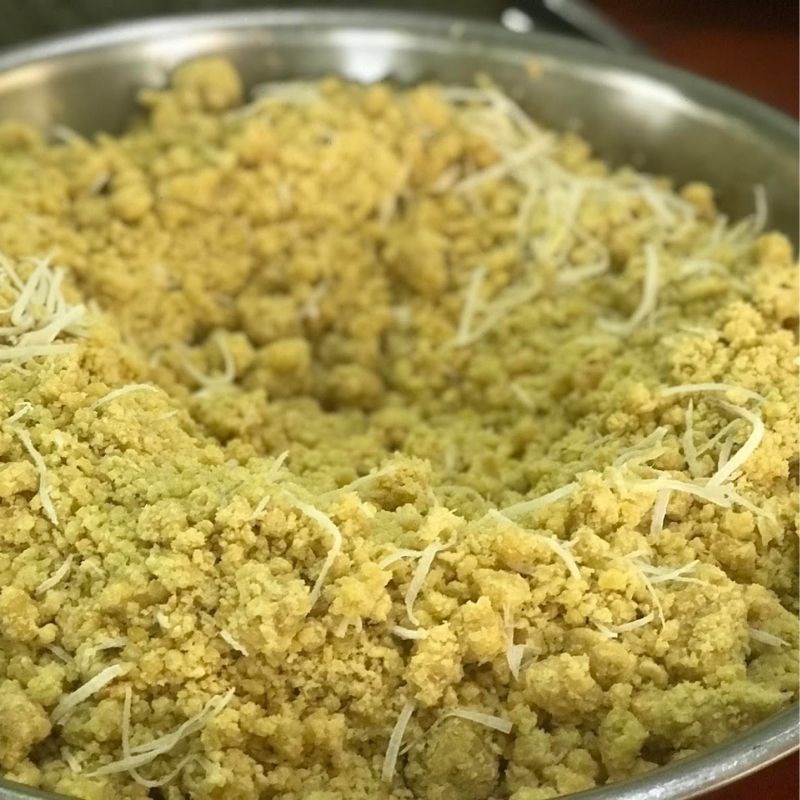
4. Shape and Wrap the Cakes
Divide the dough into equal portions, flatten each, add filling in the center, and roll into a ball. Coat with sesame seeds.
Wrap each cake in several layers of dried banana leaves and fold the ends neatly.
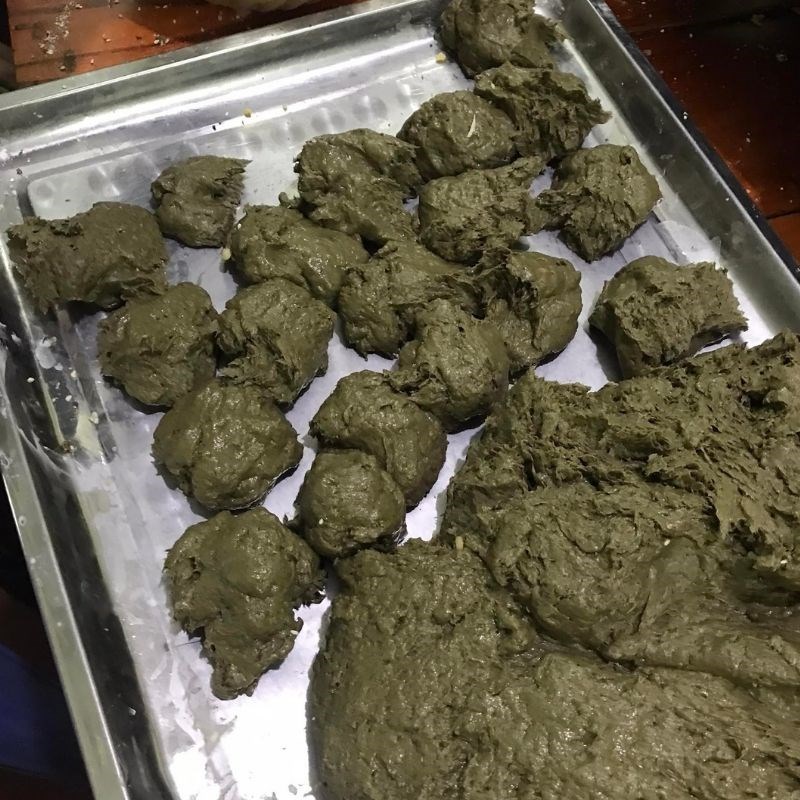
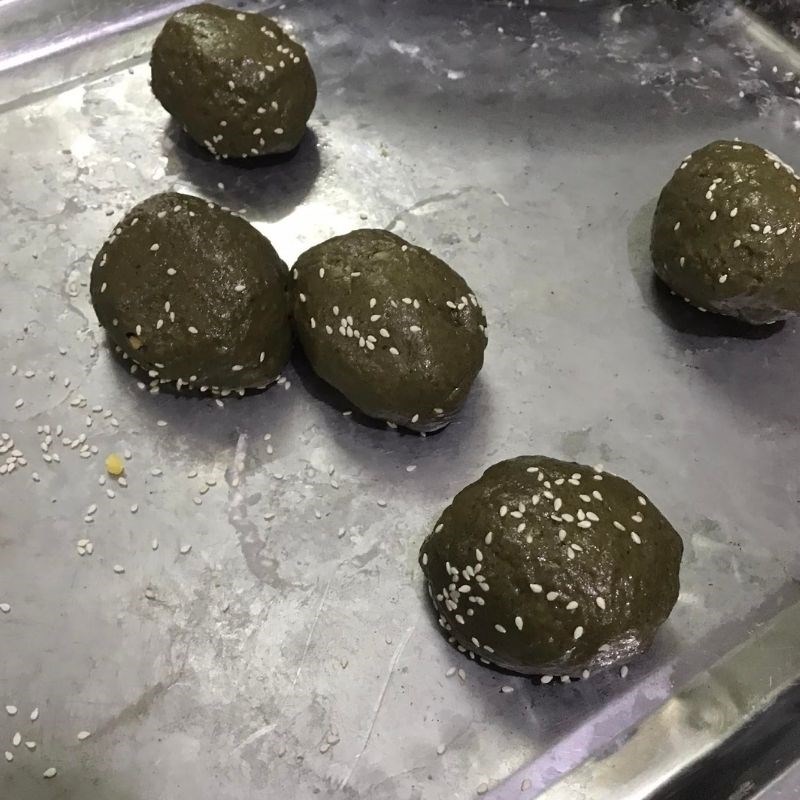
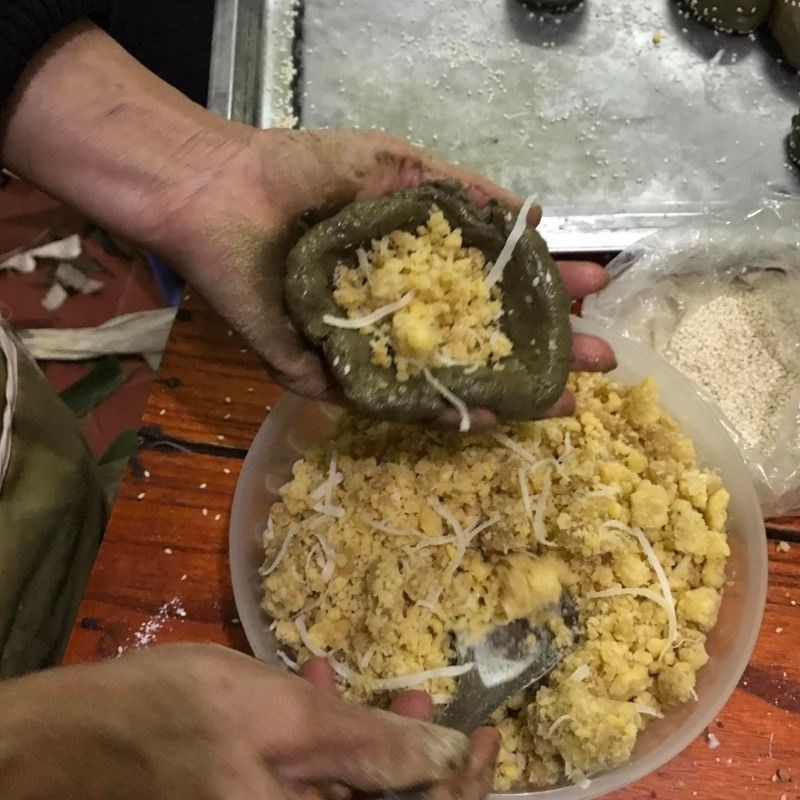
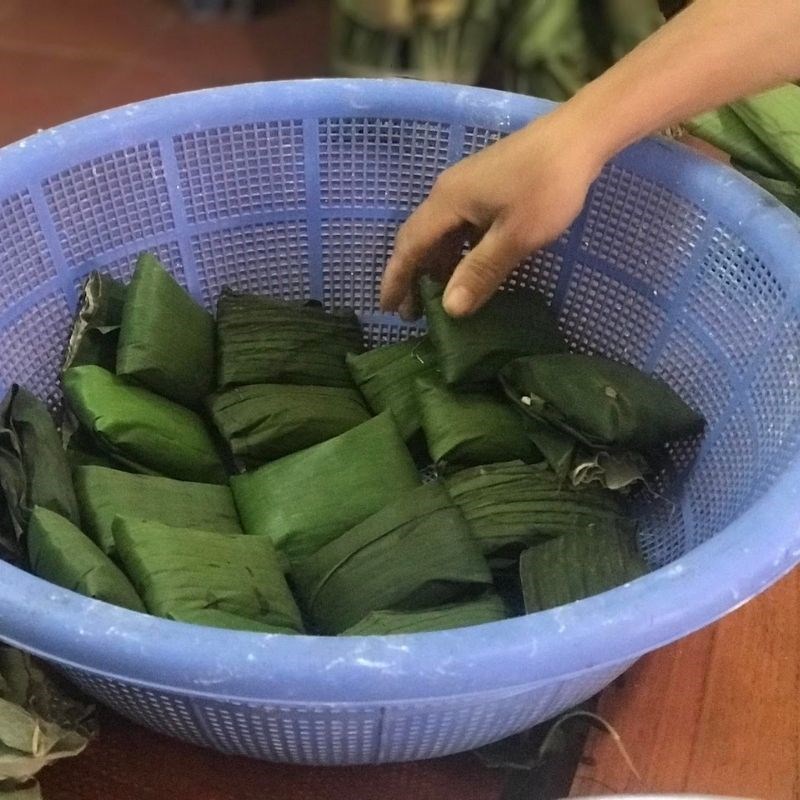
5. Steam the Cakes
Steam the wrapped cakes for about 1 hour until fully cooked. Remove and gently wipe off moisture on the leaf surface. Let cool before serving.
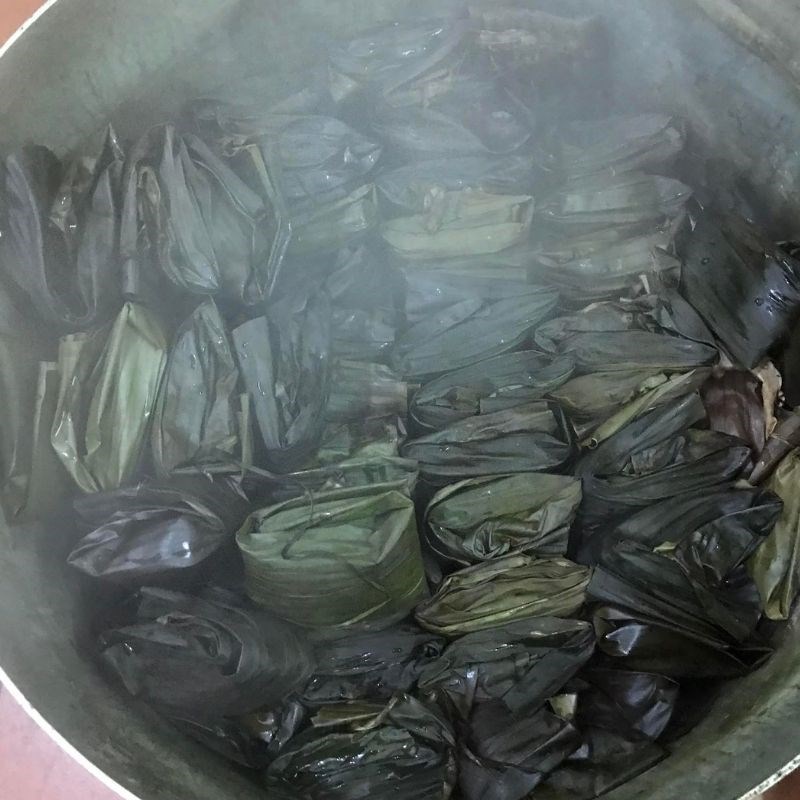
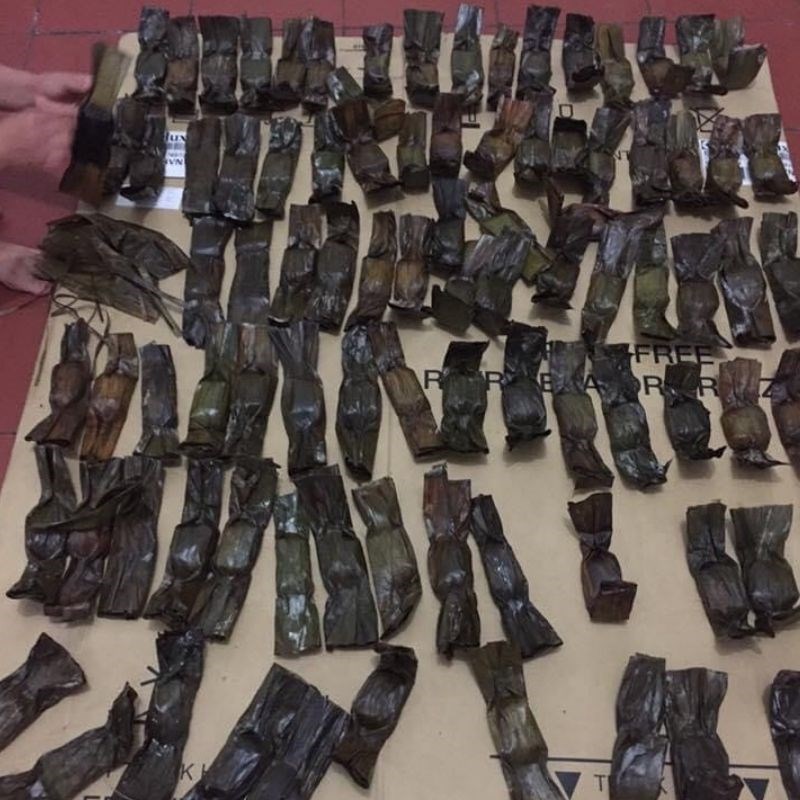
6. Final Result
Bánh gai features a chewy, aromatic black outer layer made from ramie leaves and glutinous rice, with a sweet and rich mung bean–coconut filling. It’s a nostalgic Vietnamese treat often enjoyed during festivals and ancestral worship.
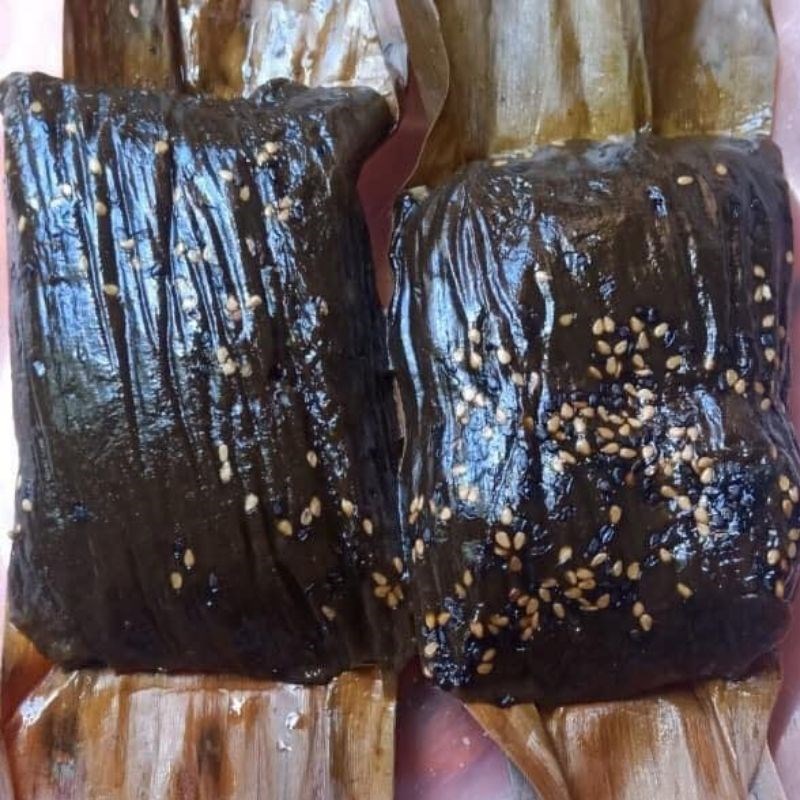
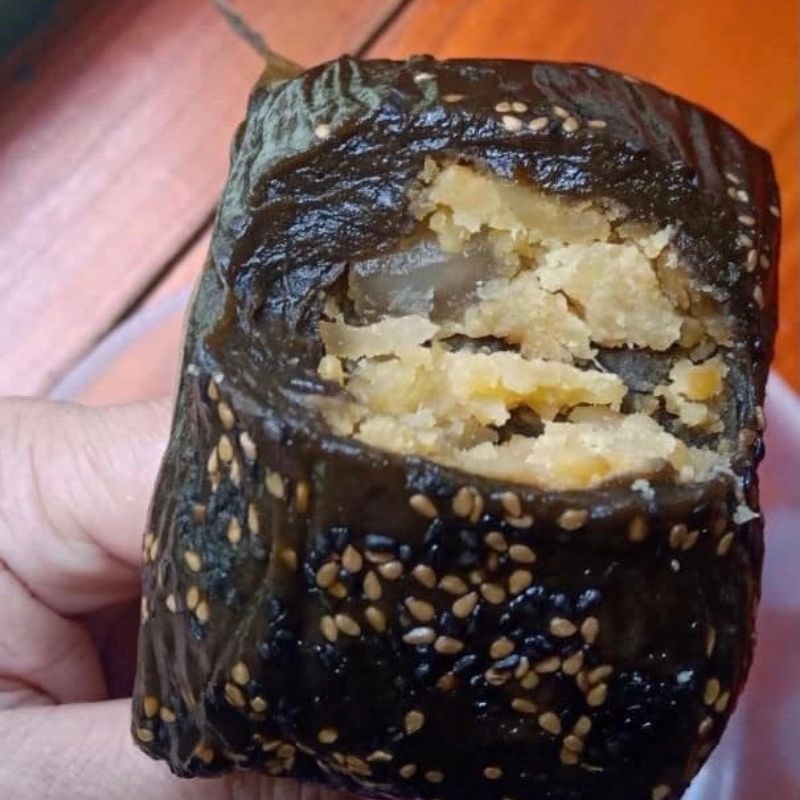
Bánh gai is a traditional Vietnamese steamed cake best known for its origin in Thanh Hóa province, a land steeped in history and cultural richness. This humble yet beloved delicacy is often associated with rural family gatherings, ancestor worship, and Tet celebrations. It represents not just a dessert, but a living memory of community, family, and the seasons of the countryside.
The cake gets its striking dark color from ramie leaves (“lá gai”) that are boiled, dried, and ground into powder, then mixed with glutinous rice flour to form a chewy, fragrant dough. Inside, the filling is made of sweet mung beans, shredded coconut, and occasionally a touch of pork fat to enhance richness — all wrapped carefully in dried banana leaves and steamed for hours.
In Thanh Hóa, bánh gai is more than food — it’s a symbol of craftsmanship and cultural pride. Traditionally, women would prepare bánh gai days before important holidays, soaking and grinding rice by hand, carefully cooking the filling, and wrapping each cake with care and love. Villages would come alive with the aroma of freshly steamed cakes, a scent that signaled celebration and kinship.
Today, bánh gai continues to be a source of regional identity. While modern tools may have replaced old grinding stones, the soul of the cake remains the same — a chewy, earthy-sweet layer enveloping the warm, nutty heart of tradition. To bite into bánh gai is to taste a story passed down through generations.
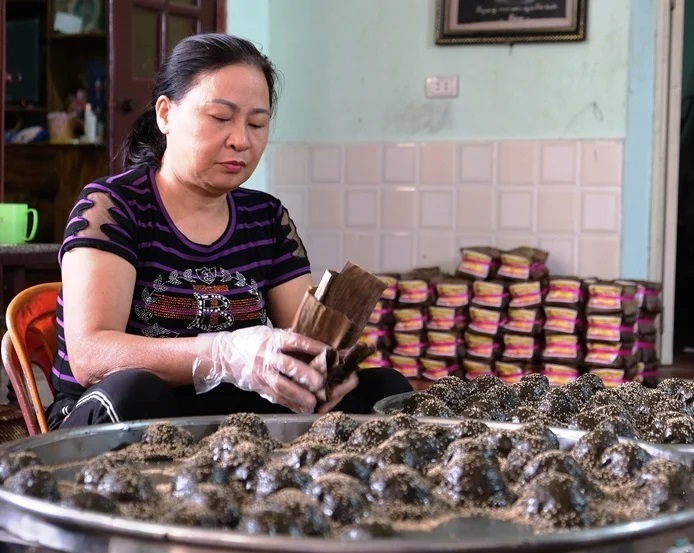
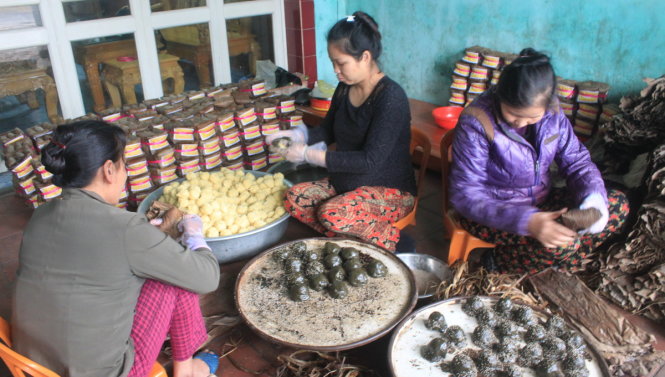
(Banh Gai – Famous specialty of Thanh Hoa province)

